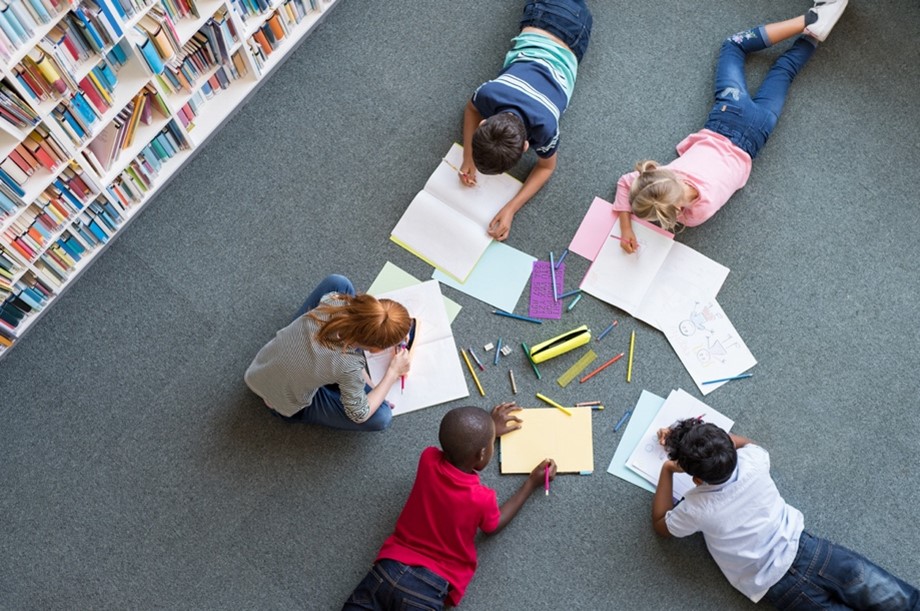To maximize learning, educators and administrators must work together to design whole school and individual classroom environments that support collaborative learning yet allow for flexibility to support independent work.

The physical design of learning spaces has a profound impact on how students learn and engage with each other. Lighting and decor, opportunity to make choices, and layout of the learning space are a few of the factors that can influence student academic performance.1
When it comes to designing a classroom that promotes collaboration, team work, and independent learning, understanding the principles of constructivist theory is essential. At its core, constructivism emphasizes that students learn best when they actively construct their own knowledge through social interaction and hands-on experiences. By creating an environment that focuses on these principles and allows for students to choose their own workspaces and seating, educators can engage and empower students on their unique educational journeys.
Choice and Personalization
The first step in designing a learning space through a constructivist lens is to allow students to embrace the concept of choice and choose their preferred seating and workspaces. This fosters a sense of ownership and allows learners to create an environment that works best for their unique learning styles. When educators provide options within the learning spaces, it demonstrates trust in students’ abilities to make informed choices. This fosters independence and allows them the opportunity to advocate for their personal needs.
Students can be involved in the development process of redesigning their classroom for maximum collaboration. Consider using Project Based Learning 3 to facilitate a group activity where students can research different classroom designs and vote for their preferred type of seat and work station. They can then present a written document, live demonstration, or video explaining their opinion. Teachers can guide students on crowdsourcing for their new materials. This is a fun and interactive way to start out the school year!

Technology in the Constructivist Classroom
Balancing collaborative and independent work spaces requires strong organizational skills and accessibility. Ensure that every workstation is equipped with devices that facilitate research, team collaboration, and sharing of ideas. Interactive whiteboards, computers, tablets, or laptops can enhance students’ learning experiences by enabling access to information and encouraging digital collaboration. This integration supports constructivist learning by promoting engagement and real-world application of knowledge.
New technologies, such as Nearpod’s Collaborate Board, are gaining in popularity in the constructivist classroom. Collaborative apps help all students participate and designing classrooms needs to consider the needs of virtual, hybrid, and group collaborative work. Furniture needs to allow for students to work “independently” while collaborating online, as well as provide students with the ability to see and share larger screens within small groups. These multiple demands on classroom space can be challenging, but by selecting flexible furniture options teachers and students can choose to reconfigure the classroom multiple times throughout the school day.










